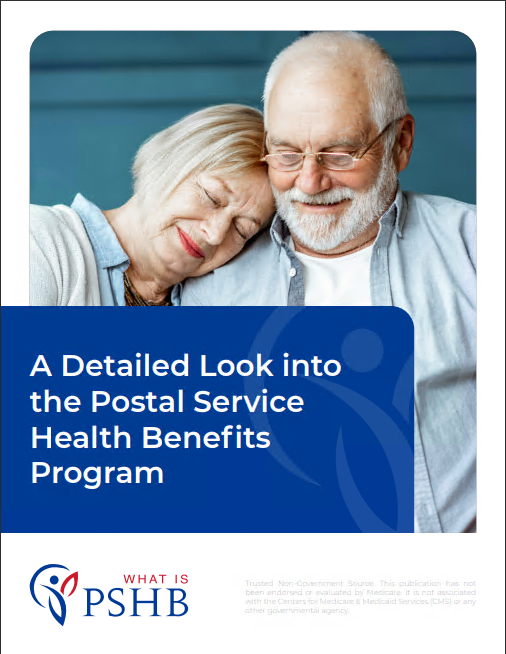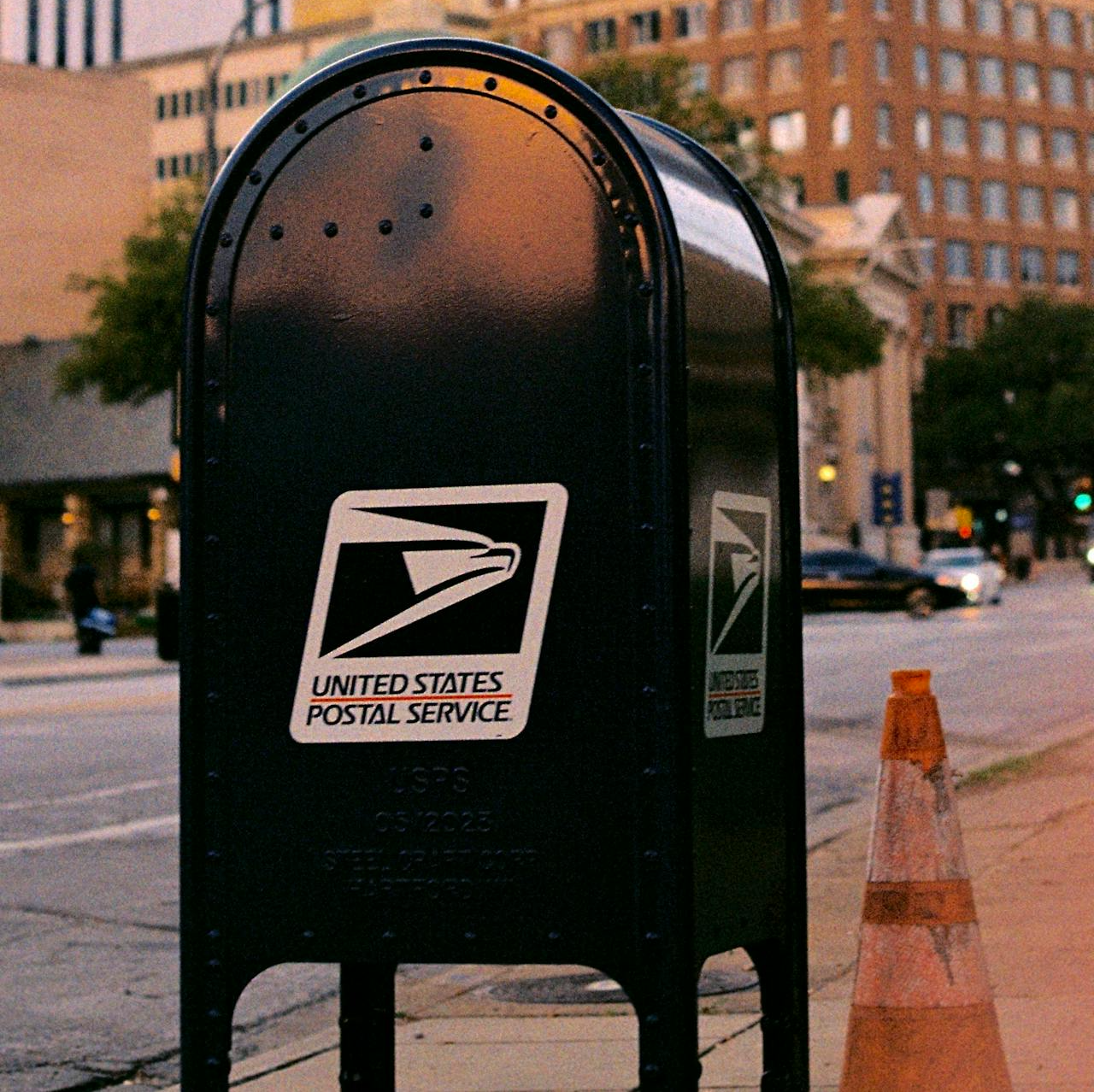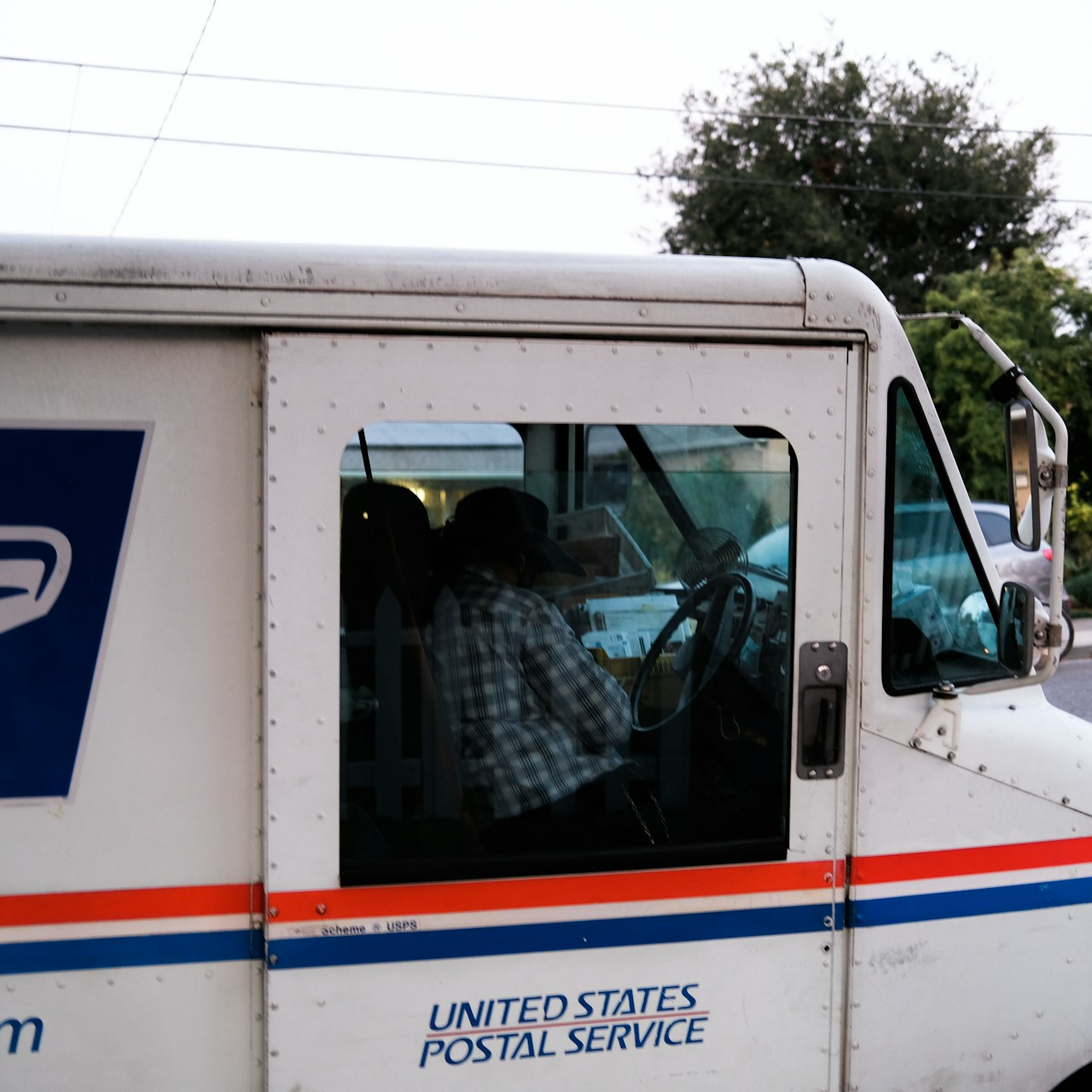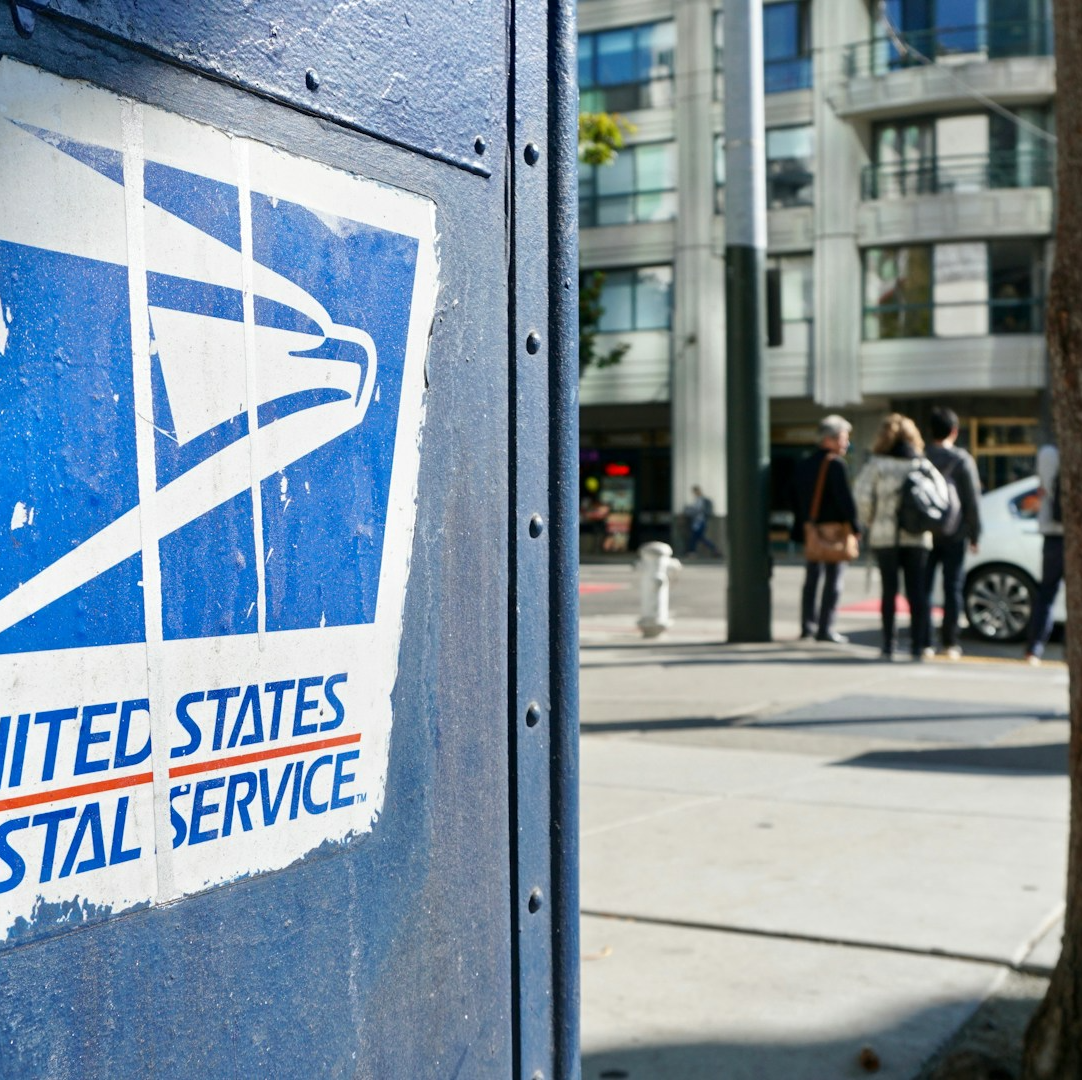Key Takeaways
-
The Postal Service Health Benefits (PSHB) program will replace FEHB for USPS employees in 2025, bringing tailored coverage options but requiring adjustments for enrollees.
-
Significant changes, like mandatory Medicare Part B enrollment for some retirees and varying cost structures, mean understanding your options is critical to maximizing benefits.
Why the 2025 Changes Matter
The 2025 transition from the Federal Employees Health Benefits (FEHB) program to the new Postal Service Health Benefits (PSHB) program marks one of the most significant overhauls in health coverage for USPS employees and retirees. While these changes aim to provide tailored benefits for postal workers, they also come with new rules, costs, and decisions that could impact your healthcare.
Navigating these changes isn’t just about ticking off boxes. It’s about ensuring that you and your family have the coverage you need without surprises down the line. Here’s what you should know to stay ahead of the curve.
Understanding the Transition Timeline
Starting January 1, 2025, USPS employees, retirees, and their eligible family members will move from the FEHB system to PSHB. The enrollment period to choose or update your plan begins during Open Season, running from November 11 to December 9, 2024. This is the only time most individuals can make changes to their healthcare plans for the upcoming year.
If you don’t make a choice during Open Season, you’ll be automatically enrolled in a corresponding PSHB plan based on your current FEHB coverage. While this might seem convenient, it’s not a decision you should leave to chance. Automatic enrollment may not align with your health needs or financial preferences, so reviewing your options is essential.
Key Changes in Coverage and Costs
The PSHB program brings several notable shifts in coverage and cost structures. Let’s break them down:
Medicare Integration for Retirees
One of the most significant changes involves Medicare Part B. Retirees and family members who are Medicare-eligible must enroll in Part B to maintain PSHB coverage, except for those who retired on or before January 1, 2025, and aren’t currently enrolled in Part B. This requirement is designed to reduce costs for the PSHB program by coordinating benefits with Medicare.
For many retirees, this integration can mean better overall coverage, but it also introduces additional premiums for Part B. If you’re close to retirement, planning ahead is crucial to budget for these expenses.
Premium Adjustments
While the government will continue to pay a large portion of your premiums, the exact costs will vary based on the plan you select. Unlike the FEHB system, PSHB plans may offer a different range of cost-sharing options, including deductibles, coinsurance, and out-of-pocket limits.
Preparing for Open Season
The Open Season for 2024 will be your first opportunity to evaluate PSHB options. Here’s how to prepare:
-
Review Plan Comparisons: Check the benefits, provider networks, and costs of available plans. PSHB plans are tailored to USPS employees and may differ from your current FEHB plan.
-
Assess Medicare Enrollment: If you’re approaching Medicare eligibility, ensure you understand how enrolling in Part B affects your PSHB coverage.
-
Consider Family Needs: If you have dependents covered under your plan, verify that the new options will meet their healthcare requirements.
Proactively engaging with these steps ensures you won’t be caught off guard by unexpected costs or coverage gaps.
Breaking Down Medicare Enrollment Requirements
Who Needs to Enroll in Medicare Part B?
If you’re a USPS retiree or family member eligible for Medicare, you’ll likely need to enroll in Part B to retain PSHB coverage. However, there are exceptions:
-
Those retired on or before January 1, 2025, who haven’t already enrolled in Part B are exempt.
-
Active employees and their dependents don’t need to enroll until they retire.
What Does Medicare Part B Cover?
Medicare Part B primarily covers outpatient services, such as doctor visits, preventive care, and durable medical equipment. By integrating with PSHB, Part B helps reduce overall costs by sharing the expense burden.
What Happens if You Don’t Enroll?
Failing to enroll in Part B when required could lead to a loss of PSHB coverage. Additionally, late enrollment in Medicare comes with lifetime penalties, increasing your premiums by 10% for every 12-month period you were eligible but didn’t sign up.
Government Contributions and Financial Impacts
The federal government will continue to contribute significantly toward PSHB premiums, similar to the FEHB system. However, your share of the cost may vary depending on the plan and coverage level you choose. For some, this could mean higher out-of-pocket costs, especially if you’re balancing Part B premiums alongside your PSHB plan.
Planning for these financial impacts means understanding:
-
Deductibles and Coinsurance: These out-of-pocket costs could differ from what you’re used to under FEHB.
-
Premium Sharing: Ensure you choose a plan that fits your budget and healthcare needs.
-
Flexible Payment Options: Some retirees might benefit from spreading prescription drug costs over time, a new feature in 2025 Medicare Part D.
Long-Term Benefits of PSHB
Although the transition may feel overwhelming, the PSHB program offers several long-term advantages:
-
Tailored Plans: With options specifically designed for postal workers, you’re more likely to find a plan that fits your unique needs.
-
Comprehensive Coverage: PSHB plans aim to provide broader networks and better access to care.
-
Cost Management: Coordinating benefits with Medicare can reduce overall expenses for retirees.
By taking the time to understand these benefits, you’ll be in a stronger position to make informed choices for you and your family.
What You Should Do Next
Here’s a checklist to keep you on track:
-
Mark Open Season Dates: November 11 – December 9, 2024. Set reminders to review and select your plan.
-
Gather Documents: Have your current FEHB plan details and Medicare information (if applicable) ready for comparison.
-
Reach Out for Help: If you’re unsure about your options, contact your benefits office or a trusted advisor for guidance.
-
Stay Informed: Watch for communications from USPS and the Office of Personnel Management (OPM) about your PSHB options.
Why These Changes Are Worth Your Attention
The switch to PSHB isn’t just a routine update—it’s a pivotal moment that affects your healthcare and financial well-being. By understanding the changes and taking action during Open Season, you can secure the best possible coverage for your needs.










